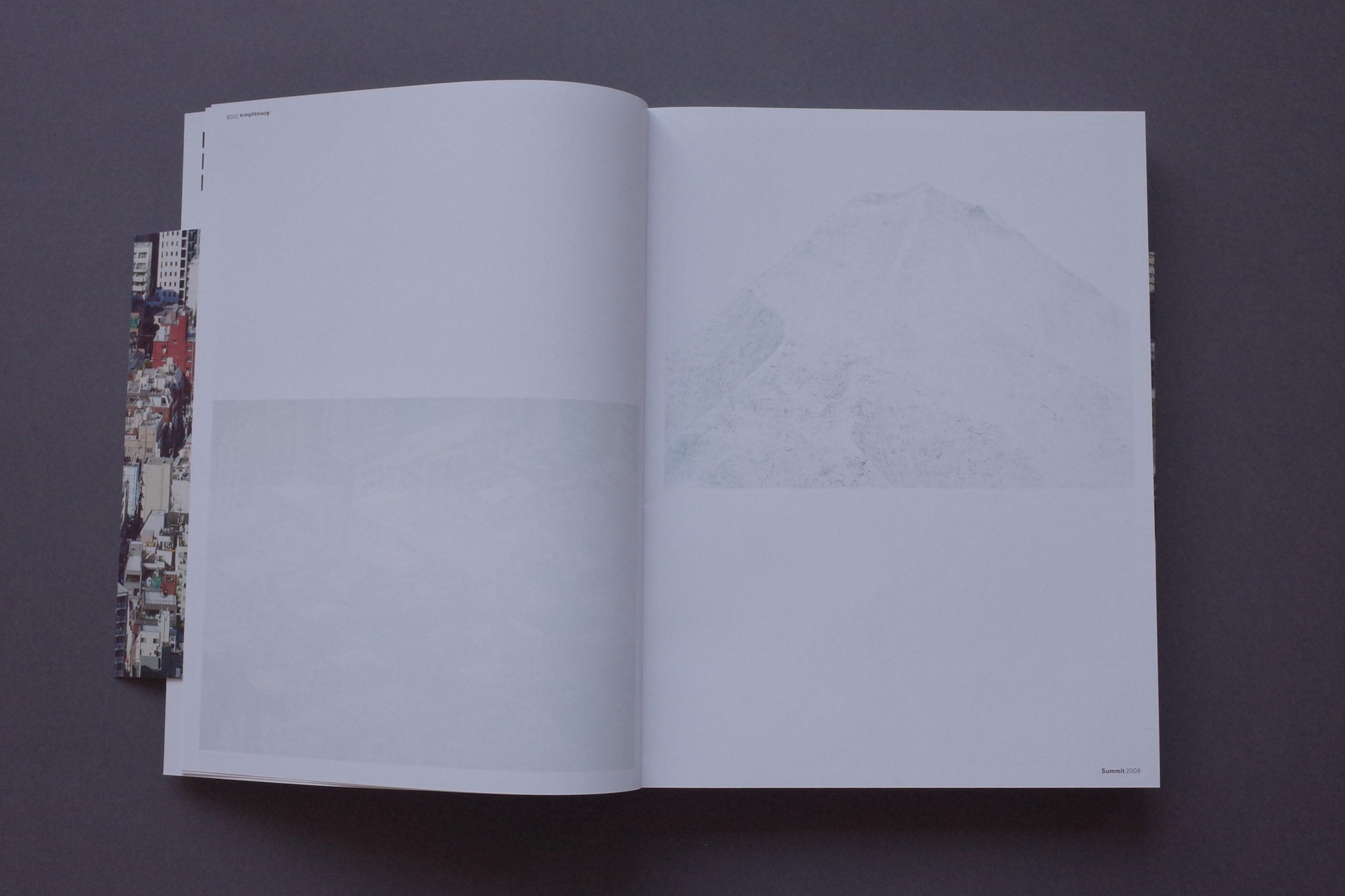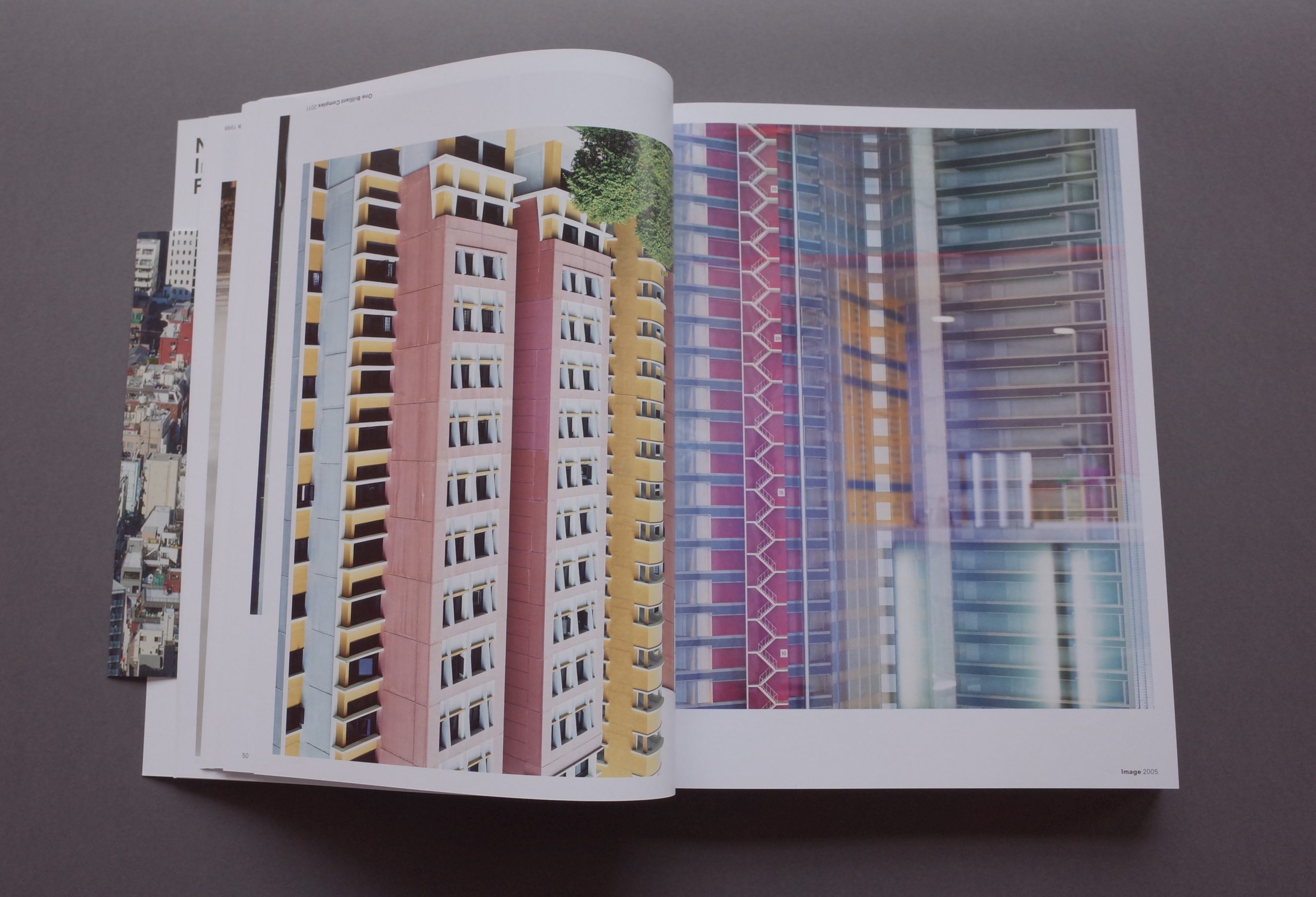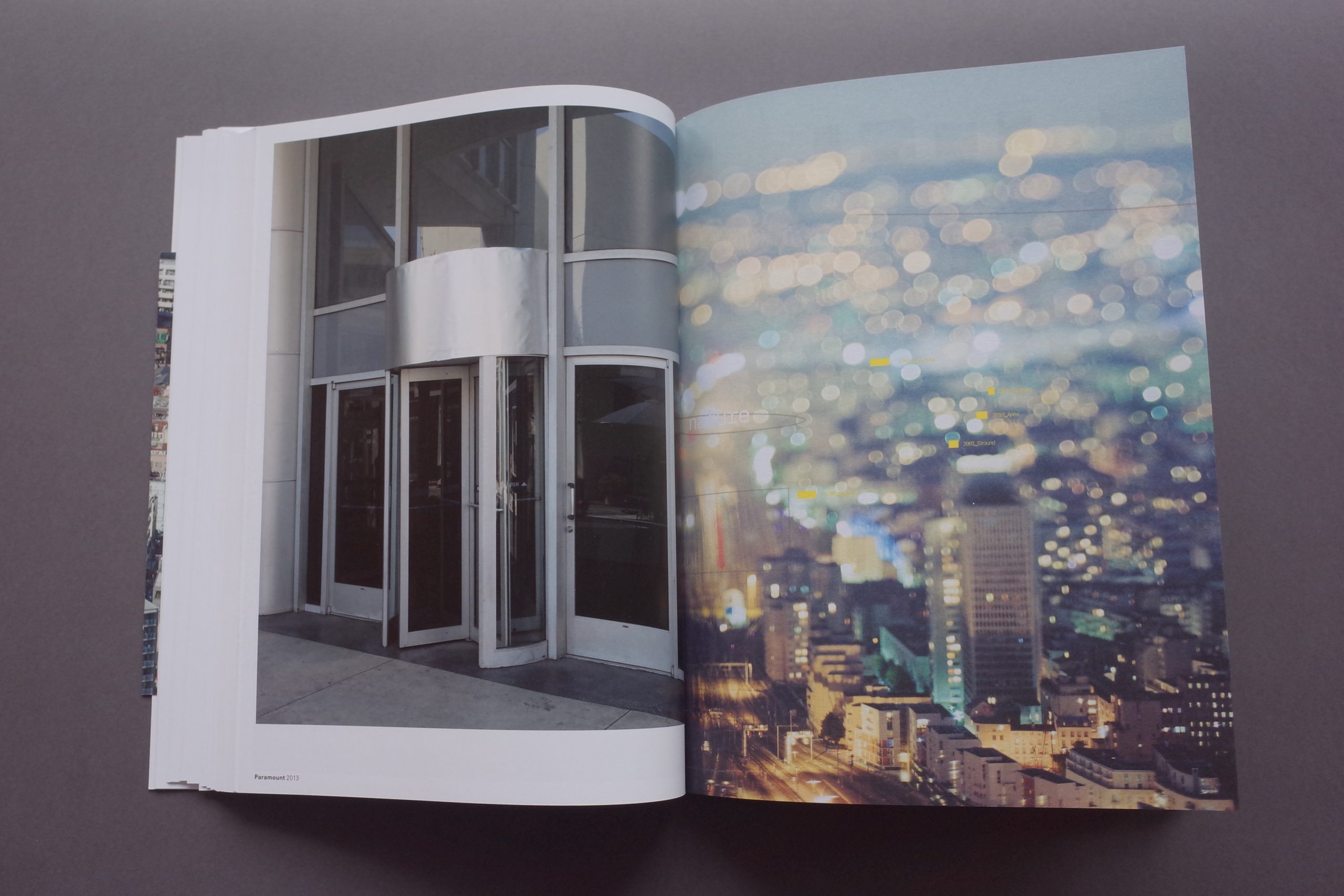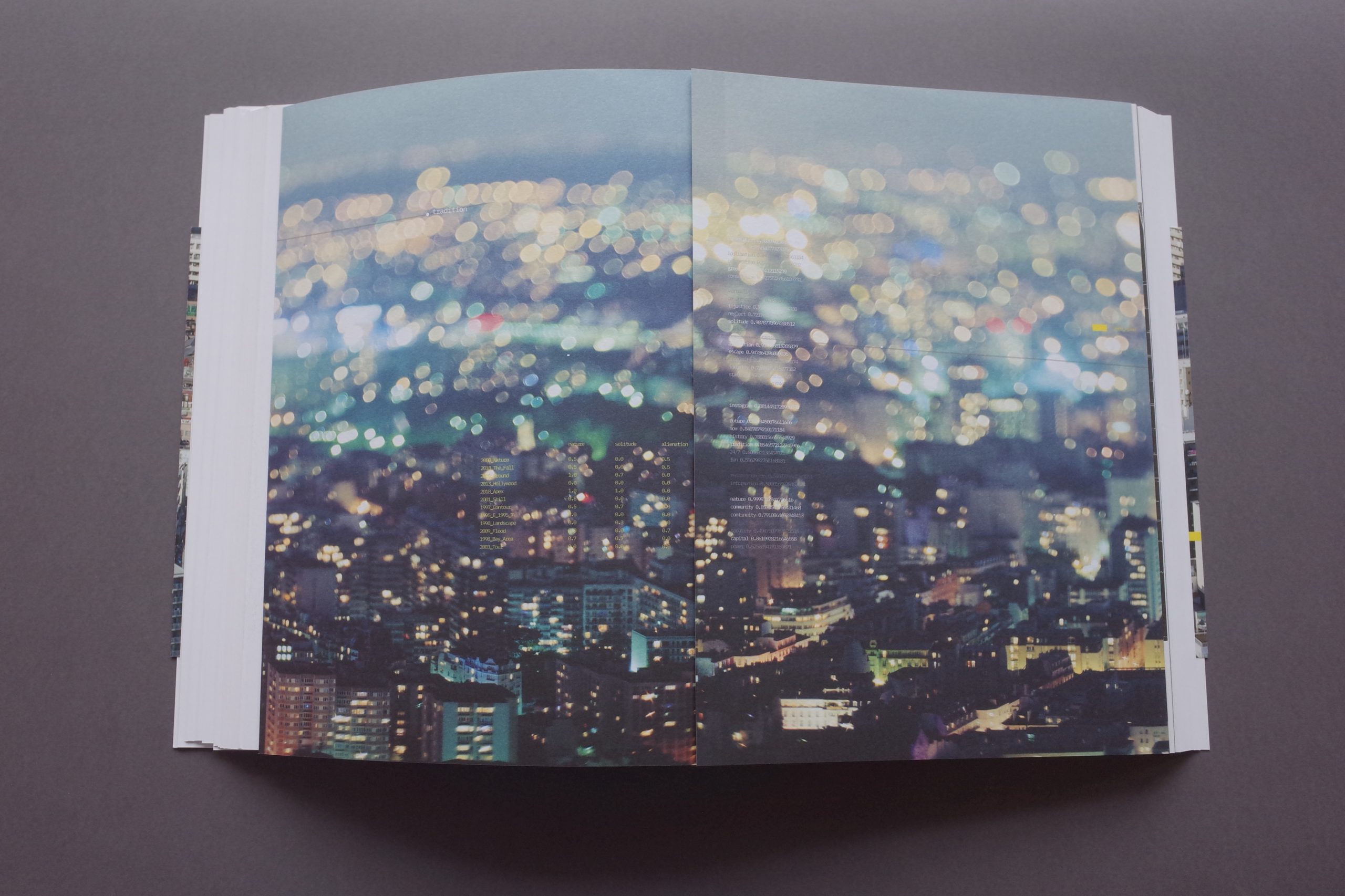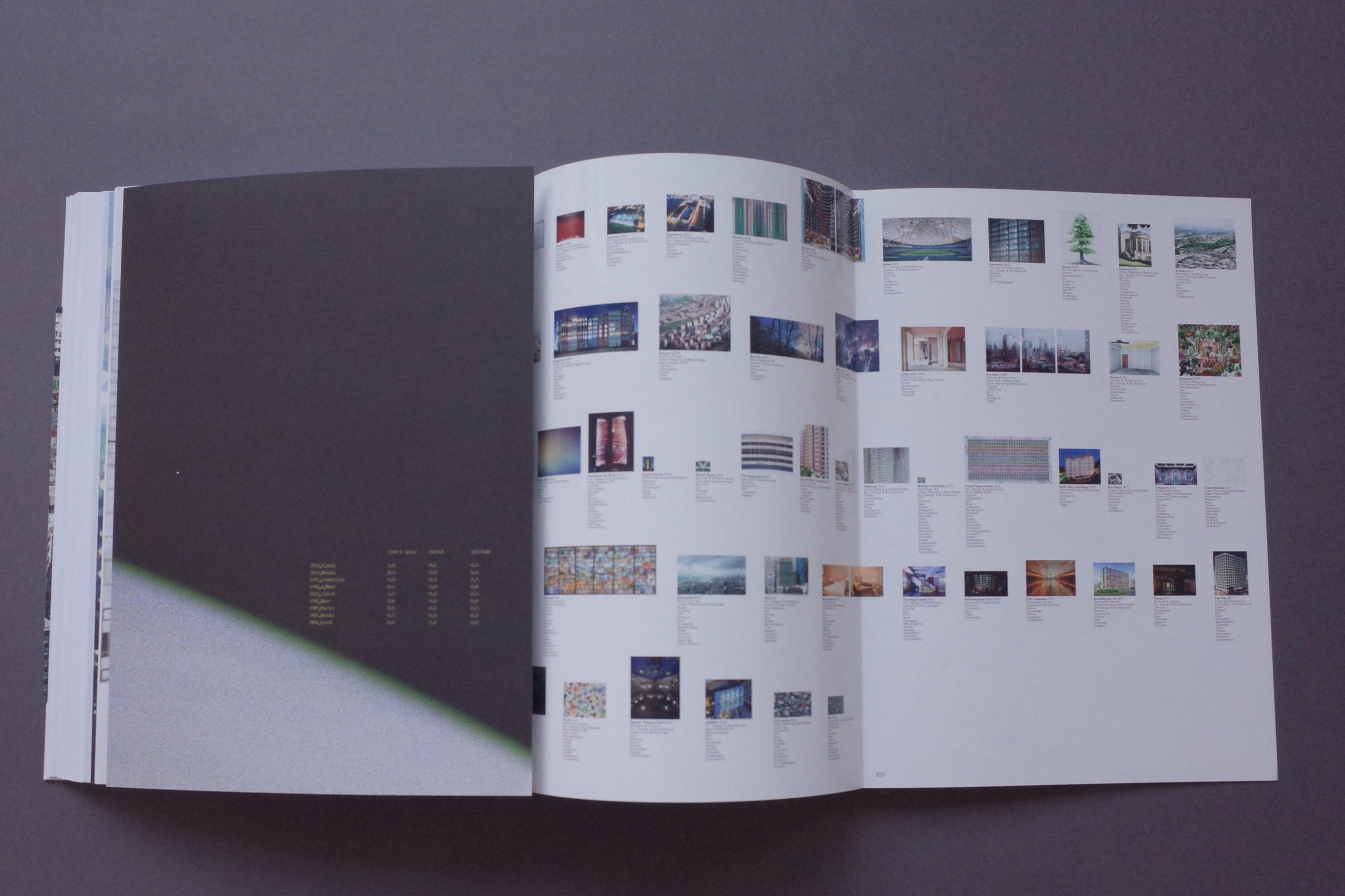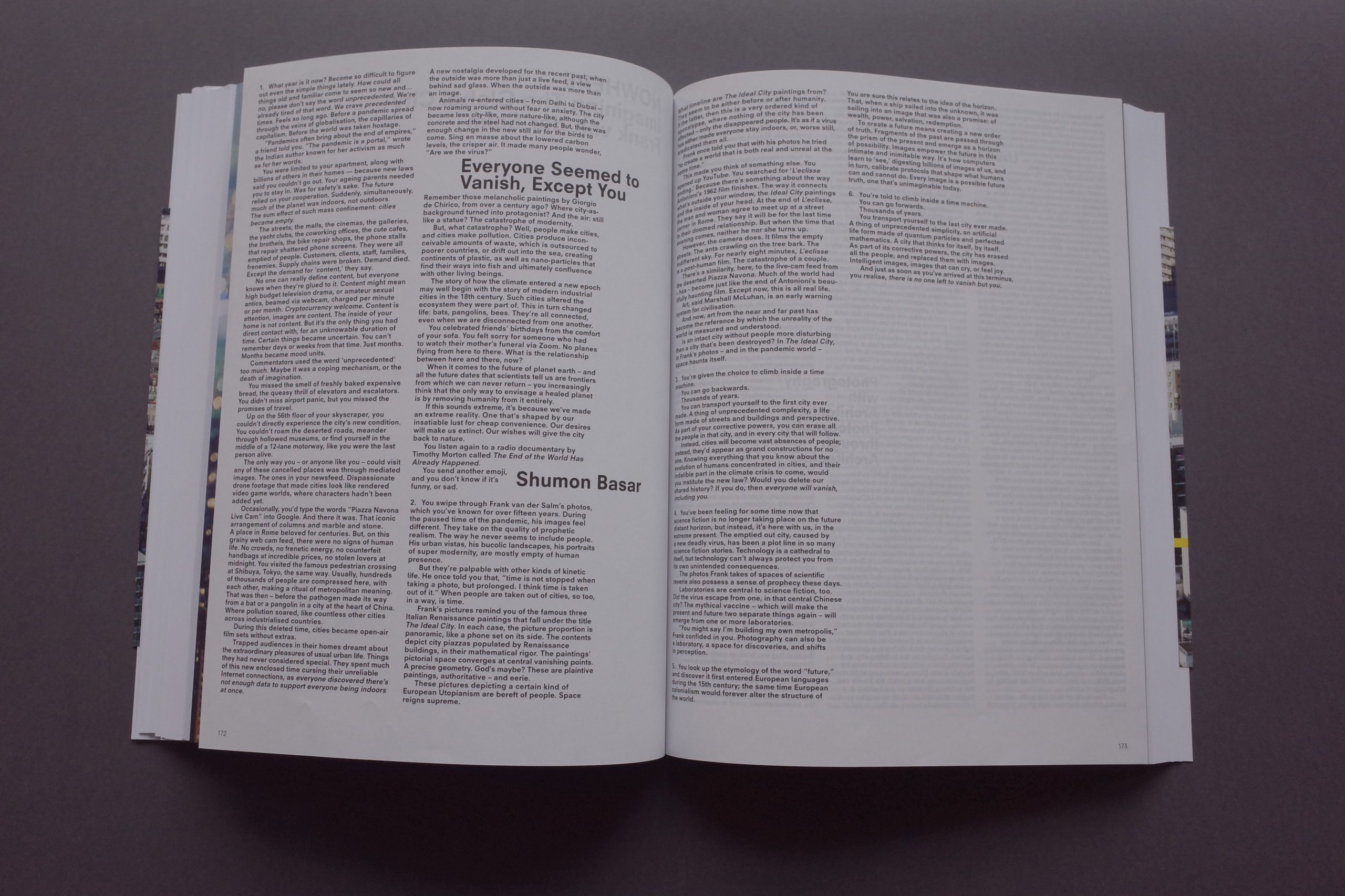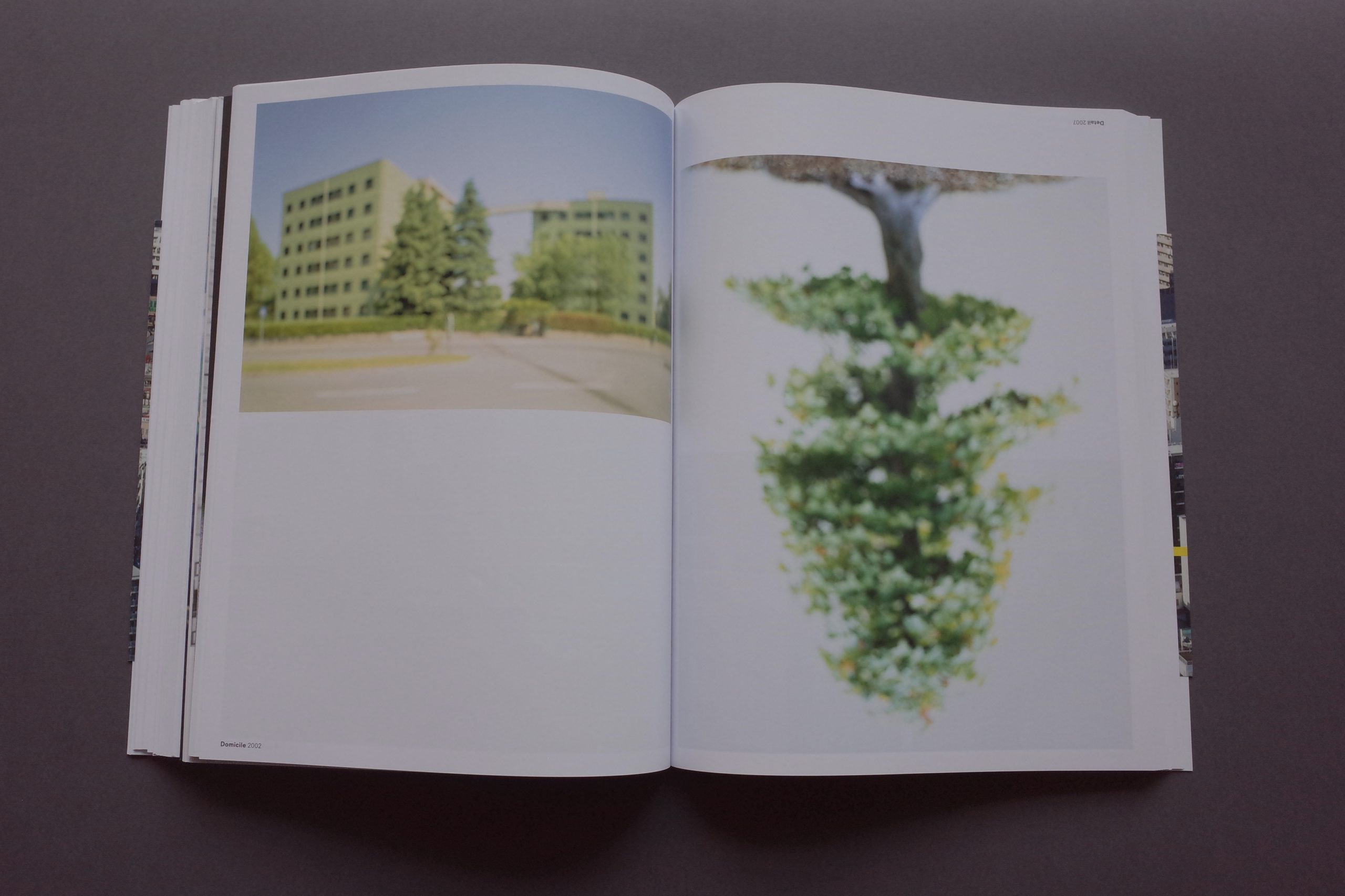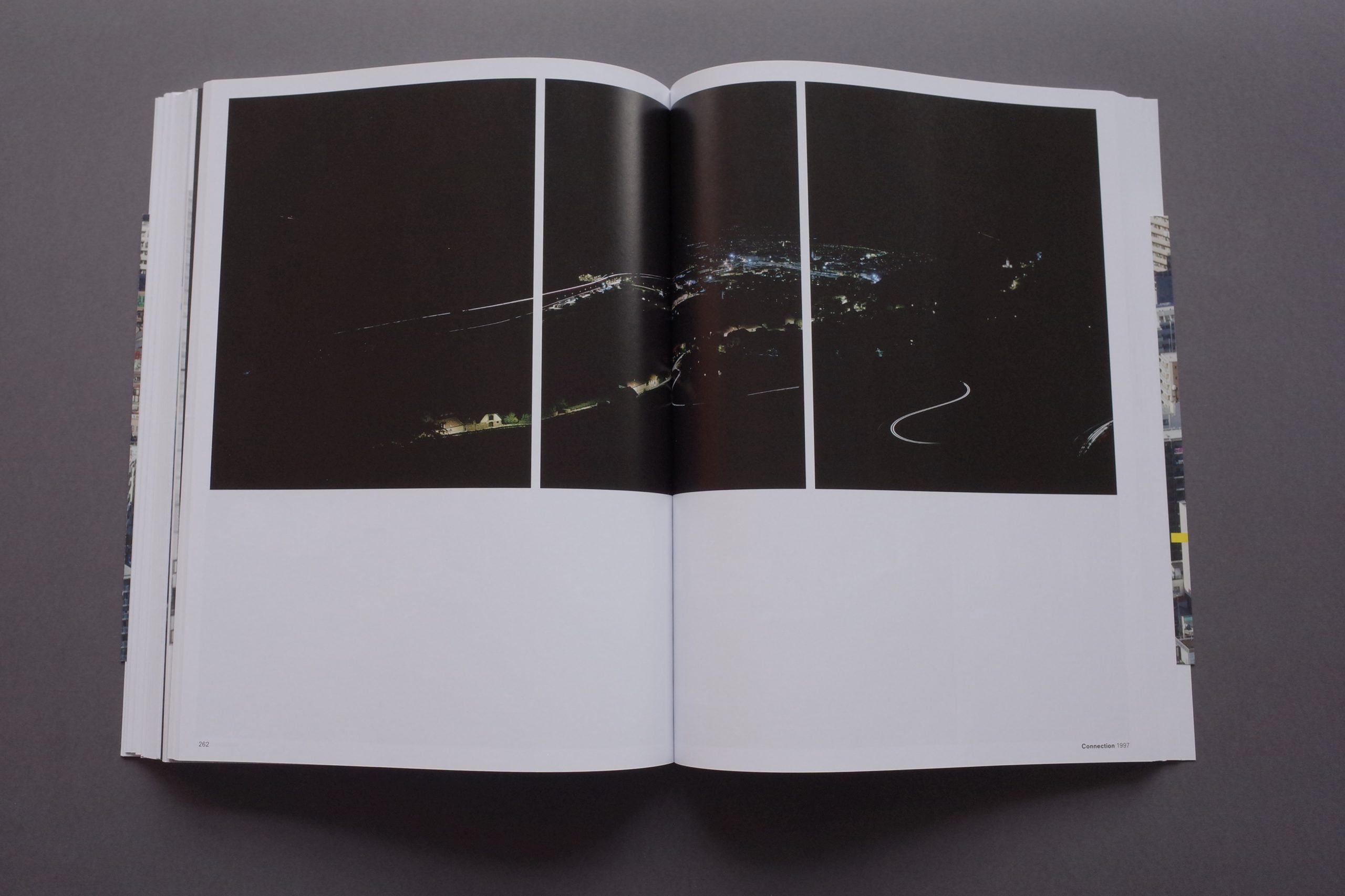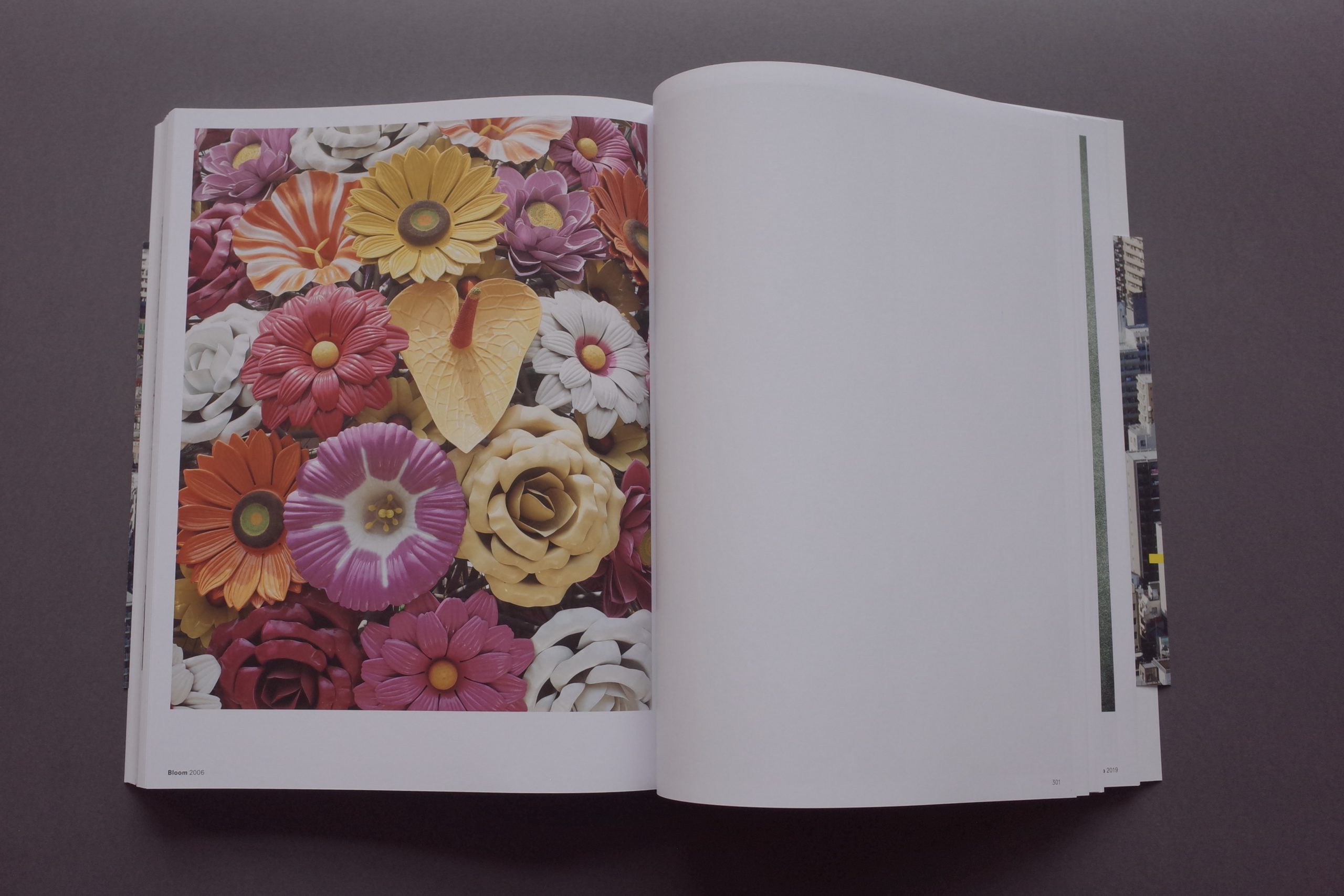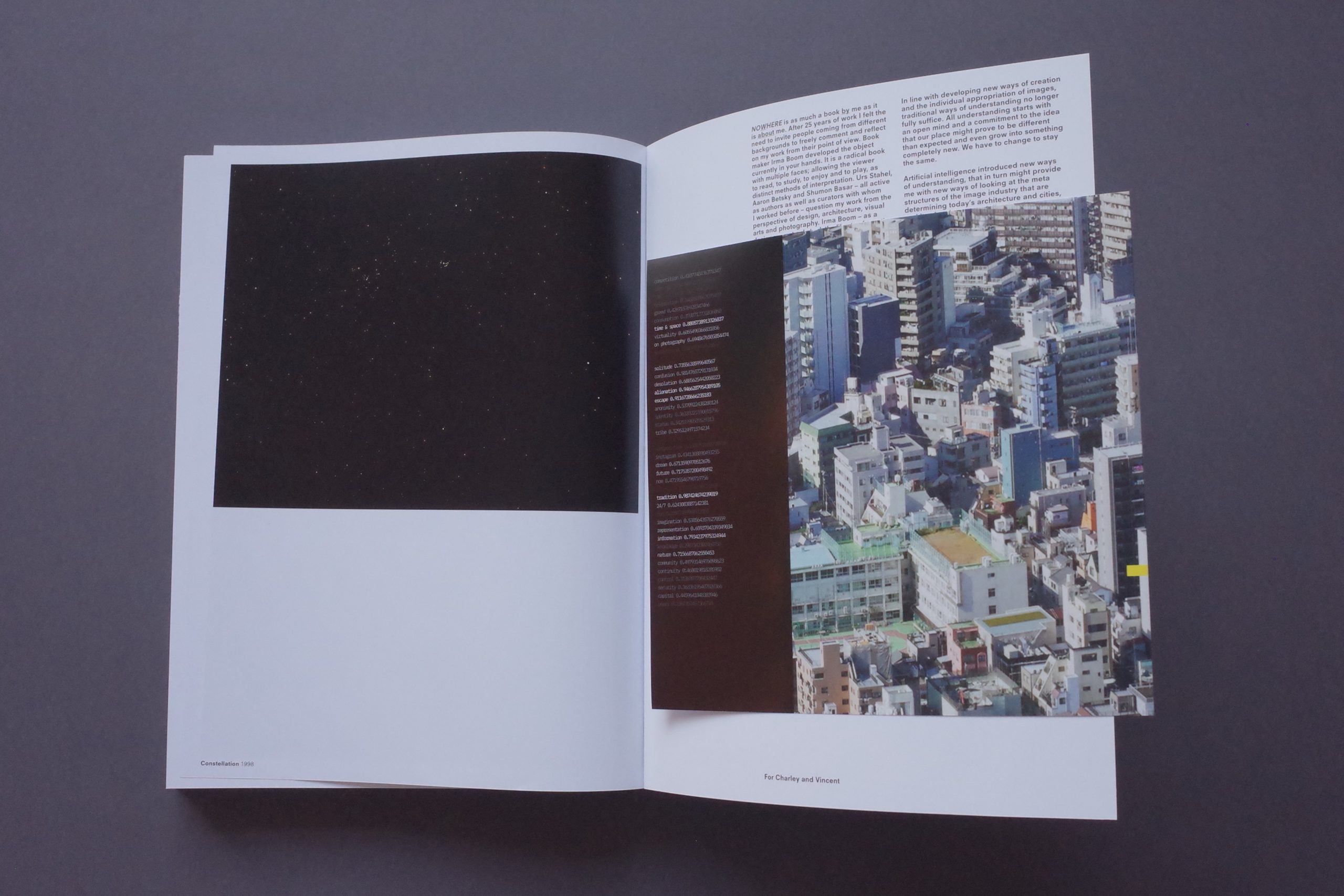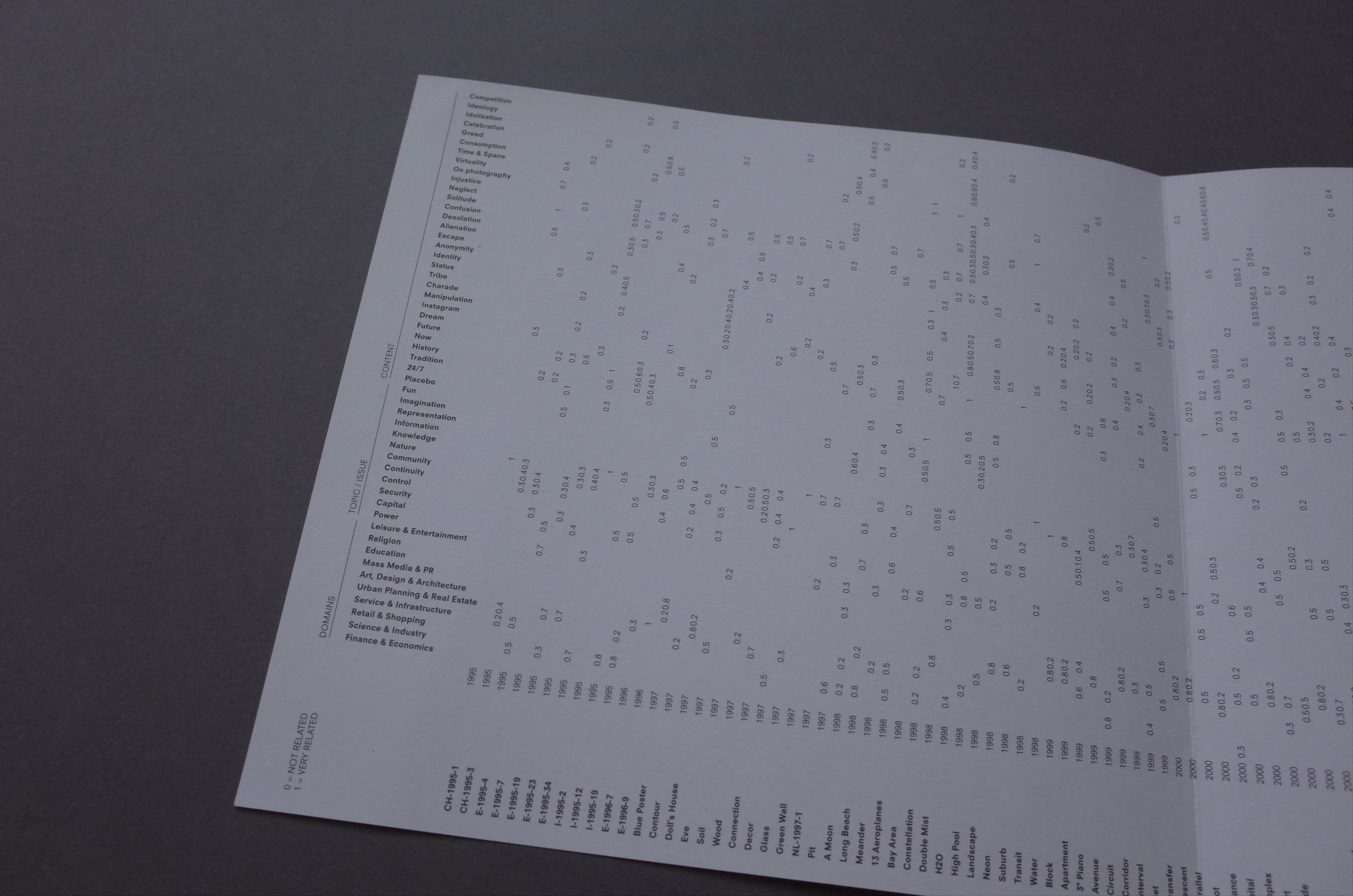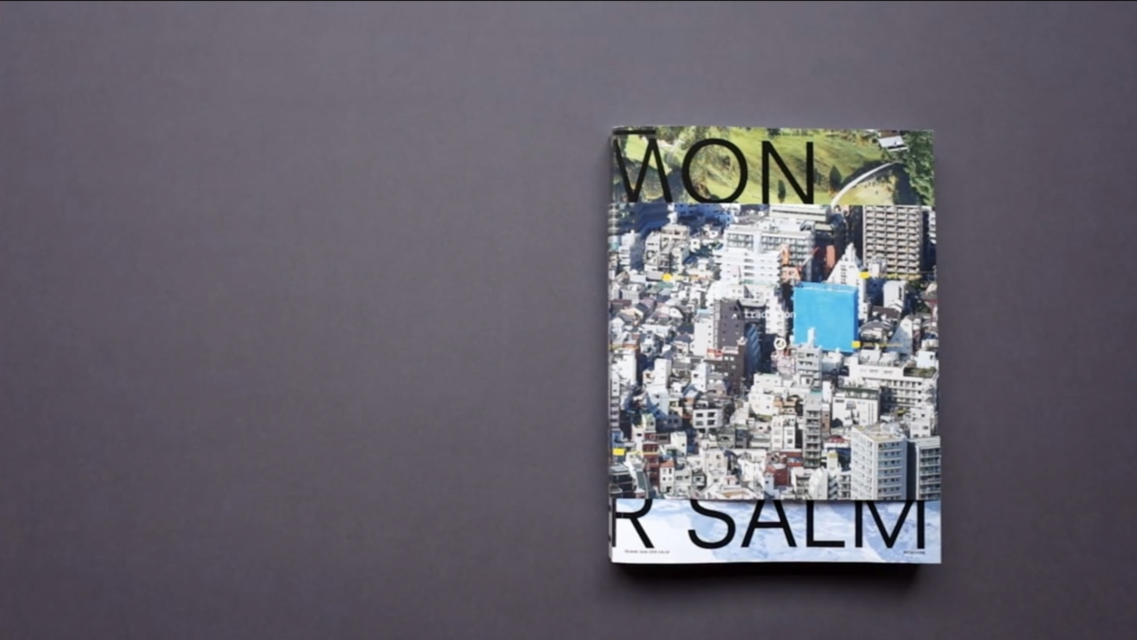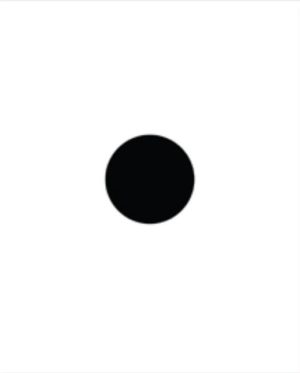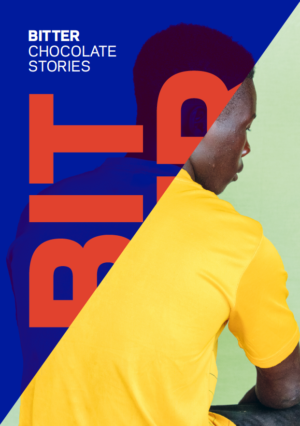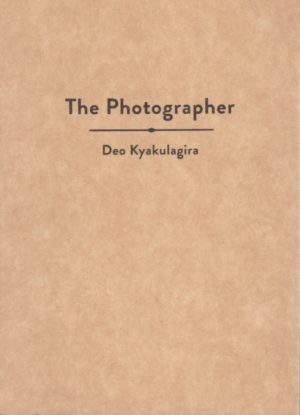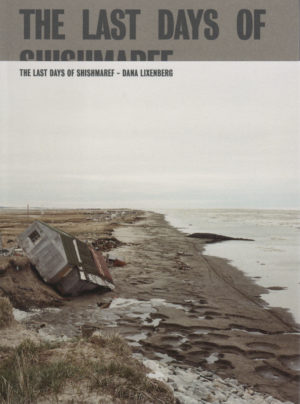NOWHERE_2
Imagining The Global City (cover #2)
Frank van der Salm
€55.00
NOWHERE shows a world in which Instagrammability seems to rule; in which the new reality is dictated by the seductive image that may (later) be made of it. Architecture, design and urban landscape, directed by the mechanisms of global big business. The same antiseptic beauty, all over the world.
NOWHERE – Imagining The Global City collects photographer Frank van der Salm’s work of the past 25 years. The image of a consumer-oriented, imaginary metropolis rises from this book, designed by Irma Boom. Images – sometimes upside down – question each other about the reality they represent. Together, they form the image of a city that, all of a sudden, seems to be simultaneously everywhere and nowhere, yet: here now.
Textual contributions by Shumon Basar, Aaron Betsky and Urs Stahel, link Frank van der Salm’s oeuvre to the world of design, architecture, urban development, art and photography.
“In the book, a strong contestant for the yearly list of best photo books, ‘real’ and ‘construct’ are placed next to and through each other. Book designer Irma Boom arranged Van der Salm’s oeuvre intuitively.” Het Parool, 4 March 2021
-
Frank van der Salm (1964) studied at Delft Polytechnic and the Willem de Kooning Academy (Rotterdam). He has worked on projects with architects such as O.M.A. (Rem Koolhaas), Herzog & de Meuron, and MVRDV. His work has been shown at the Venice Biennial, Haunch of Venison (Zurich, Switzerland) and the Stedelijk Museum (Schiedam, Netherlands).
-
Editor(s):Bas VroegeOther author(s):Irma Boom, Shumon Basar, Urs Stahel, Aaron BetskyText(s):Shumon Basar, Aaron Betsky, Urs StahelPicture editor(s):Irma Boom OfficePhotography:Frank van der SalmDesign:Irma Boom Office
-
Printing:ZwaanLenoir (NL)Binding:Patist (NL)Paper:Splendorlux, Magno Matte, OpakalEdition:1350Publisher(s):Paradox (NL), Hartmann Books (DE)
-
NOWHERE is as much a book by me as it is about me. After 25 years of work I felt the need to invite people coming from different backgrounds to freely comment and reflect on my work from their point of view. Book maker Irma Boom developed the object currently in your hands. It is a radical book with multiple faces; allowing the viewer to read, to study, to enjoy and to play, as distinct methods of interpretation. Urs Stahel, Aaron Betsky and Shumon Basar – all active as authors as well as curators with whom I worked before – question my work from the perspective of design, architecture, visual arts and photography.
Irma Boom – as a designer – not only took the liberty of creating a visually driven flow of images, irrespective of their date of creation, she furthered my fascination with scale and abstraction by pushing the reader to turn the book upside down, inviting him/her to look again, look better. In their own way the authors, including the designer, contribute to an understanding of the changing world behind my pictures.
In a world of mediated realities, true or false determination is omnipresent in our daily routines, resembling a 24/7 computer game of infinite levels of repetitive competition. The play itself has become the goal of the play. Questioning the visual expressions of globalisation and urbanisation has led and inspired to NOWHERE also becoming an exhibition. In the same spirit, curator/ producer Bas Vroege (Paradox) assembled a team consisting of an artificial intelligence researcher (Gjorgji Strezoski), an architect (Tiago Rosado), data designers (RNDR), and a composer (Henry Vega), under the guidance of assistant producer Hannah Hagen. Our mutual aim: finding alternative ways of revealing the motives that drive me making my art. The team pushed me to make these motives explicit, label and quantify them. The spreadsheet on the inside of the belly band of this book shows the groundwork for that, whereas the grids on the glossy side of the foldout pages show the terms in connection with a scaled, chronological representation of the full body of work from the past 25 years: 241 works, of which 5 are videos. The matte side of the foldout pages offer a glimpse of the way the AI is dynamically providing links between the 241 works, based on the abstract notions representing my motives, presented as an 18 x 3 m video projection.
In line with developing new ways of creation and the individual appropriation of images, traditional ways of understanding no longer fully suffice. All understanding starts with an open mind and a commitment to the idea that our place might prove to be different than expected and even grow into something completely new. We have to change to stay the same.
Artificial intelligence introduced new ways of understanding, that in turn might provide me with new ways of looking at the meta structures of the image industry that are determining today’s architecture and cities, and its visual commercialisation. You never know, but envision it. Look at it this way, or look at it another way. It might be true or false, at the same time. You simply have to decide on that, for it’s in the eye of the beholder. You are here, now.
Frank van der Salm
Rotterdam, January 2021
-
De stad gaat een eigen leven leiden bij Frank van der Salm
Het Parool –Frank van der Salms retrospectief in het Nederlands Fotomuseum is uitgesteld tot de zomer, maar het bijbehorende boek is er al. Het past perfect in deze beeldschermtijd.
De meeste mensen zouden Frank van der Salm architectuurfotograaf noemen. Logisch, want zijn foto’s staan vol woontorens, stadions, winkelcentra en kantoorkolossen – de stoffering van de stad. Soms zoomt hij extreem in zodat een gevel met ramen verandert in een minimalistisch grid. Een andere keer drukt hij opzettelijk onscherp af zodat een nachtelijk panorama oogt als fluorescerend plankton in de suburbane branding.
Ondanks die vervreemding herkennen we het beeld direct. Dit is de stad. Alleen weten we niet welke stad. De titel van het boek met Van der Salms werk van de afgelopen 25 jaar is veelzeggend: NOWHERE – Imagining the Global City. Door een streepje onder de w kun je het lezen als ‘now here’: globalisering en verstedelijking zijn van hier en nu. Het Engelse woord voor nergens geeft ook aan: dit is dé stad, niet een specifieke stad. Nergens is iets onderscheidends te zien, alles is generiek. Van der Salm vangt het idee van de stad en dat maakt hem meer dan een architectuurfotograaf.
Gevoel en beeld
Dat idee zit niet in stenen, staal en glas. Stadsheid is een gevoel. En meer nog: een beeld. Steeds vaker ontwerpen architecten gebouwen met Instagram in het achterhoofd. De groep kijkers via sociale media zal zien is vele malen groter dan de gebruikers van het pand. Dat geldt zeker nu vrijwel iedereen thuis werkt aan het beeldscherm. In die toegenomen virtualiteit doet het er eigenlijk niet eens toe of dat gebouw er ook echt staat. Het plaatje is de realiteit die ertoe doet. Of zoals Shumon Basar stelt, een van de tekstschrijvers in Nowhere: “Sciencefiction vindt niet meer plaats aan de verre horizon van de toekomst maar in het extreme heden.”Van der Salm speelt met die vervagende grens tussen omgeving en geconstrueerde weergave. Steden zien eruit als poppenhuizen, maquettes en posters lijken echter dan echt. Je weet niet meer waar je naar kijkt. Het onderscheid tussen origineel en afgeleide verdwijnt. Het beeld van de stad heeft de stad zelf niet meer nodig en gaat een eigen leven leiden, losgezongen van het beton en asfalt.
Los beeldrijm
In het boek, een ijzersterke kandidaat voor het jaarlijstje met beste fotoboeken, staan ‘echt’ en ‘construct’ door en naast elkaar. Boekontwerper Irma Boom heeft Van der Salms oeuvre intuïtief geordend. Reeksen gelijksoortige ruimtes, gangen bijvoorbeeld, worden afgewisseld met los beeldrijm of een opeenvolging van bijna monochrome foto’s. De individuele werken, die overigens stuk voor stuk aandachtige bestudering verdienen, versmelten zo tot één concept.Boom zet de beelden niet keurig op een rijtje. Ze wisselen in formaat, staan boven- of onderaan de pagina en soms zelfs ondersteboven. Daarmee schudt Boom de kijker steeds wakker: blijf kritisch kijken en bevragen wat je eigenlijk ziet. Zoals we later, als we uit de bubbel van Zoom en YouTube stappen, weer opnieuw naar de wereld moeten leren kijken.
